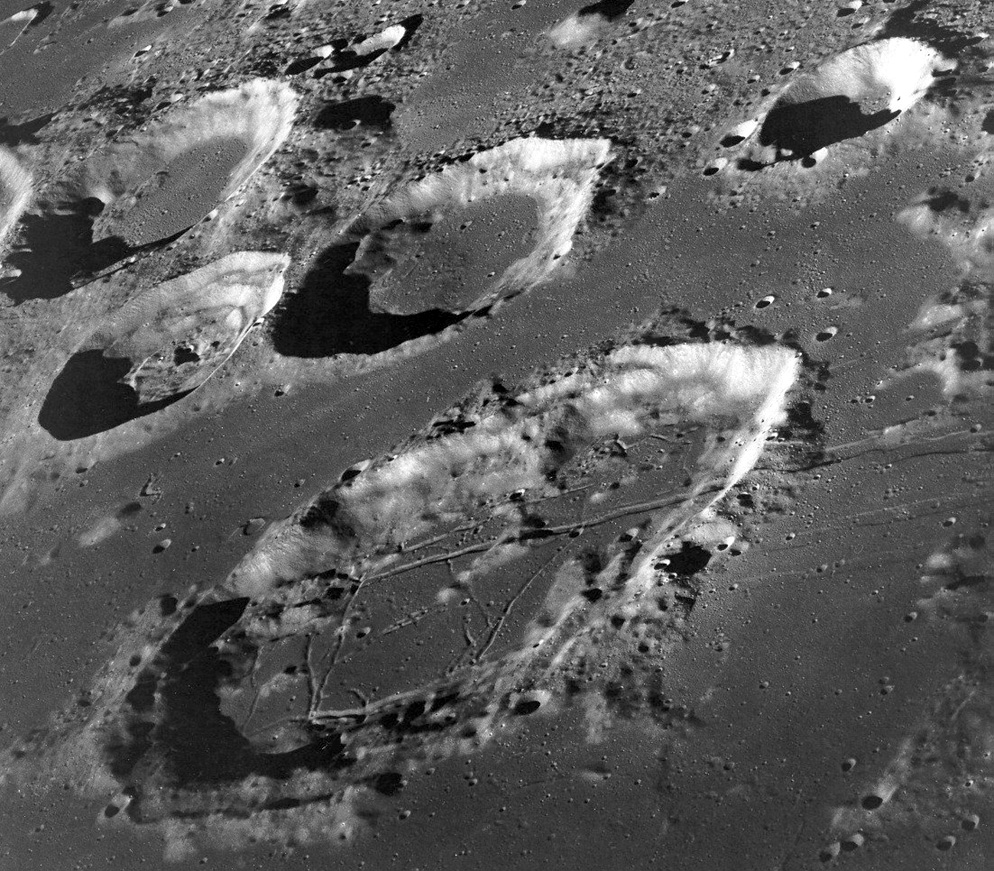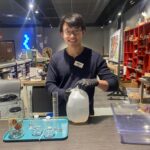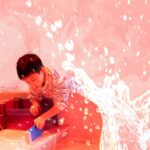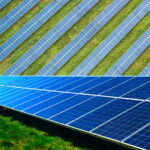CATEGORIAS
- 4 de julio
- Announcement
- Arboretum
- Asteroides
- Astronomía
- Biplano
- Despegar
- Barcos
- Constrúyelo
- Caramelo
- Química
- Chow Down
- Nubes
- Cocinando
- Cocinar Dulces
- Artesanía
- Diseño
- Buceo en
- Ciencia DIY
- Exploradores tempranos
- día de la Tierra
- Eclipse
- Elemental
- Endotérmico
- Ingenieria
- Ambiente
- Exotérmico
- Experimentación
- Otoño
- Diversión familiar
- Para niños en edad preescolar
- Jardines galácticos
- Jardinería
- Ponerse espeluznante
- Víspera de Todos los Santos
- Vacaciones
- Hazlo
- Biología Marina
- Math Moves!
- Matemáticas
- Meteorología
- Luna
- Ciudad de la Música
- Naturaleza
- Diversión al aire libre
- Física
- Día de Pi
- Polinizadores
- Reciclaje
- Rojo-Blanco — BOOM
- Robótica
- Cohetes
- Sensorial
- Nieve
- Eclipse solar
- Espacio
- Eventos especiales
- VAPOR
- Storybook
- Libro de cuentos STEM
- Tiempo de cuentos
- Garaje de retoques
- Sin categorizar
- Videos
- Agua
- El ciclo del agua
- Tiempo
- Maravillas de invierno
MENSAJES RECIENTES
ARCHIVO
- abril 2024
- marzo 2024
- febrero 2024
- enero 2024
- octubre 2023
- mayo 2023
- abril 2023
- marzo 2023
- febrero 2023
- agosto 2022
- junio 2022
- mayo 2022
- abril 2022
- marzo 2022
- febrero 2022
- diciembre 2021
- octubre 2021
- julio 2021
- febrero 2021
- septiembre 2020
- junio 2020
- mayo 2020
- abril 2020
- marzo 2020
- octubre 2019
- septiembre 2019
- enero 2019
- diciembre 2018
- octubre 2018
- septiembre 2018
- agosto 2018
- julio 2018
- junio 2018
- abril 2018
- marzo 2018
- febrero 2018
- enero 2018
- diciembre 2017
- noviembre 2017
- julio 2017
- marzo 2017
- junio 2016
- abril 2016
- marzo 2016
- noviembre 2015
- octubre 2015
- septiembre 2015
- agosto 2015
- julio 2015
- junio 2015
- marzo 2013






